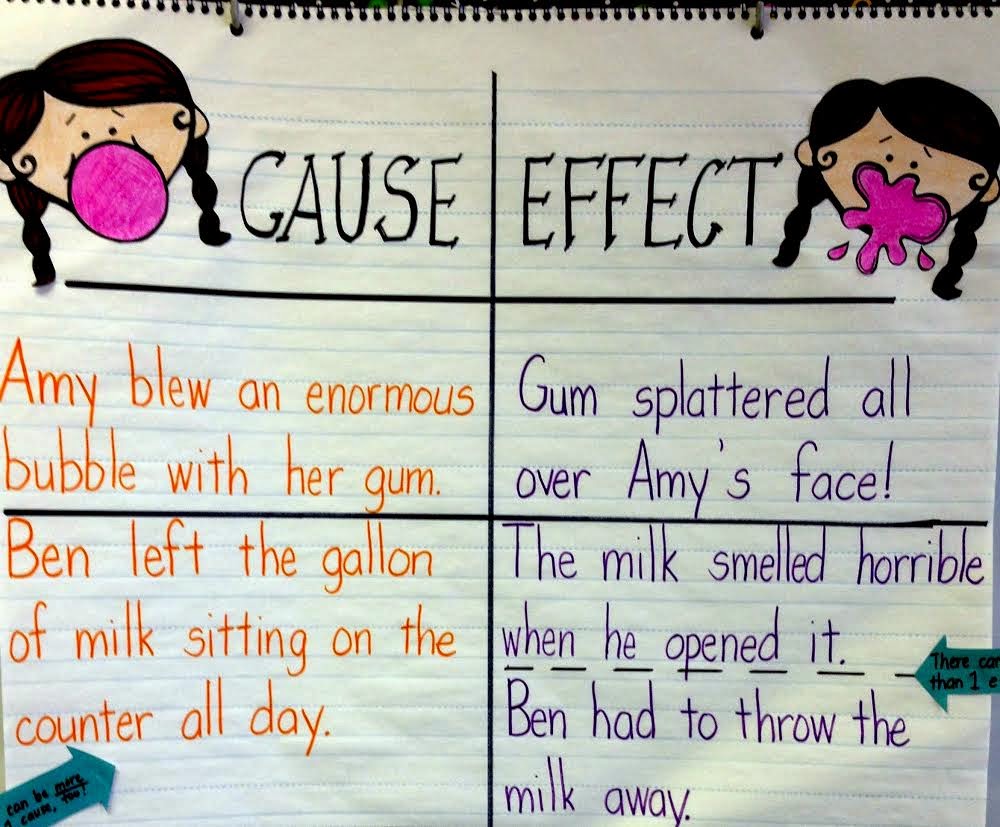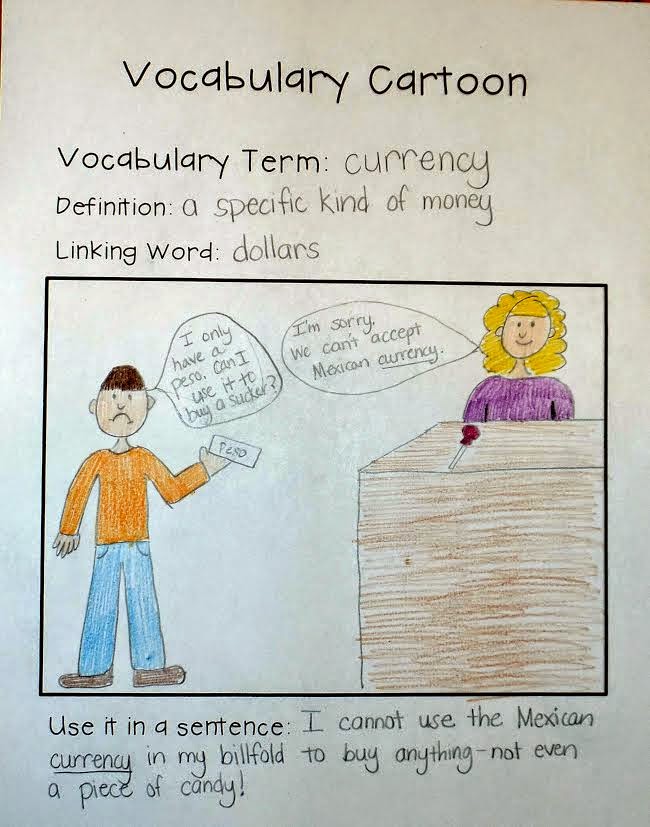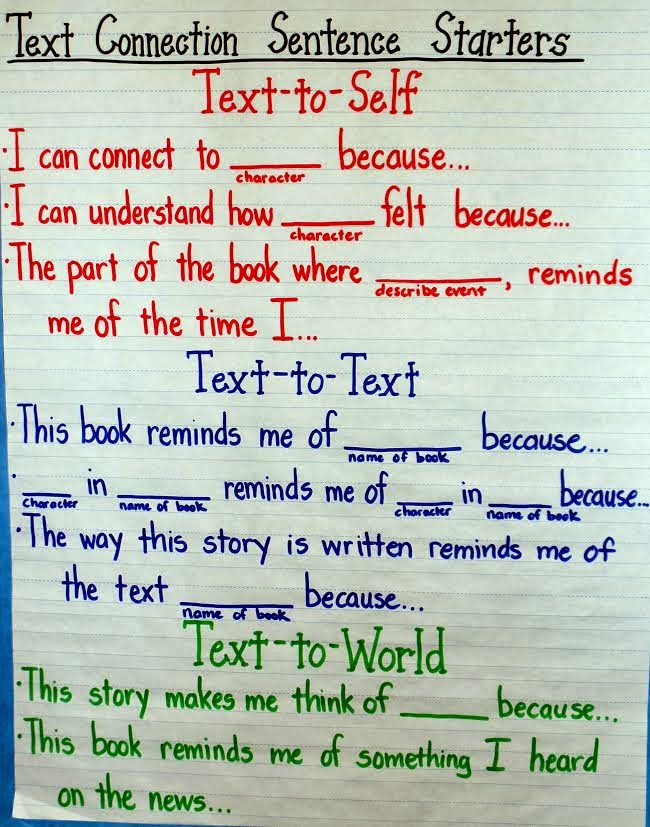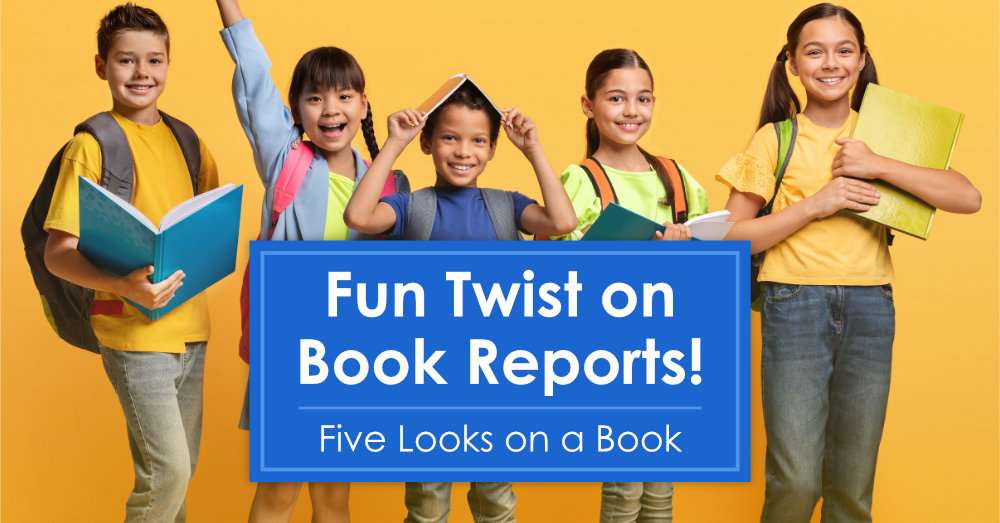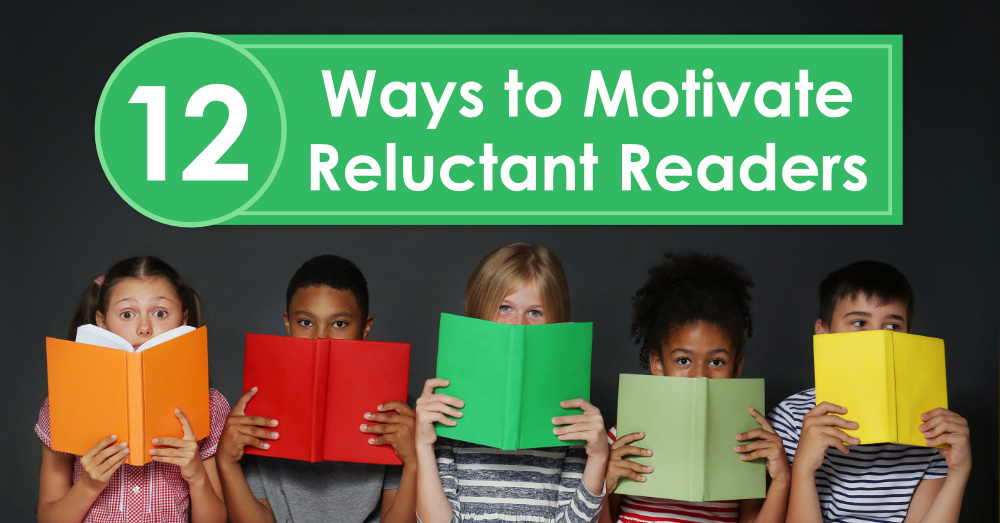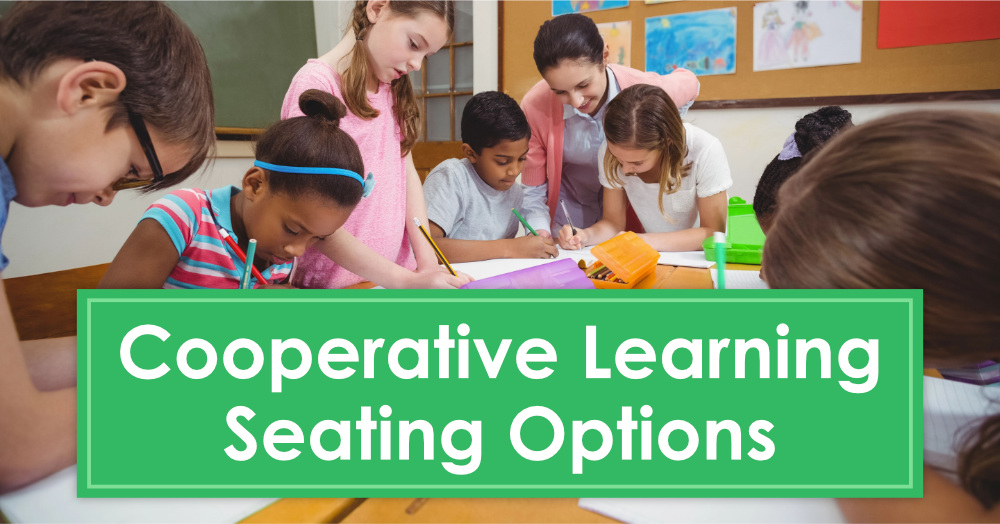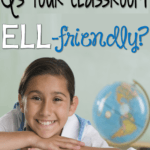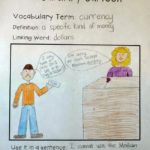
Guest post by Deb Hanson of Crafting Connections
Do you have any ELLs in your classroom this year? According to the National Center for Education Statistics, an estimated 4.4 million students in the United States are ELLs (English Language Learners)! Today I invite you to ponder some questions in order to determine whether your classroom is as ELL-friendly as it could be!
1. Do you make use of environmental print?
Use anchor charts. Consider putting the word “horizontal” across the top of your door frame and “vertical” down the side of it. Use your wall space as learning tools!
2. Do you use graphic organizers?
Venn diagrams, flow charts, and Tcharts all assist ELLs learn content because the visual arrangement supports the concept being presented.
3.Do you read aloud to your students?
As you read aloud, you will model fluency and support comprehension as you “think aloud” about the story’s characters and plot.
4. Do you encourage independent reading?
As teachers, we all know that students become better readers by reading, and that independent reading is vitally important! Make it a priority in your classroom that students have time to read independently each day, and encourage students to read outside of school, too!
5. Do you provide visual supports as you teach content?
I personally love to use vocabulary cartoons because they engage and motivate students. At the beginning of a unit, give student pairs a vocabulary word. They work together to create a cartoon, linking word, and example sentence that helps explain the meaning of the vocabulary word. Then, you can share and refer to the cartoons throughout the unit!
6. Do you interact with vocabulary?
For example, if “rotate” and “revolve” are two target vocabulary words in your science lesson, have students get up and move! Play a game of Simon Says where everyone stands in a big circle. When you say, “Simon says ‘rotate,’” students turn their body around once, but at “Simon says ‘revolve,’” students walk in a big circle around a central object.
7. Do you provide sentence frames?
Advanced language structures can be tricky. An anchor chart with easy reference to these structures can be extremely helpful.
8. Do you use popsicle sticks?
Sometimes ELLs like to “fly under the radar” and passively watch as their classmates answer all of the teachers’ questions. Get a can of popsicle sticks and write your students’ names on them. Furthermore, institute a “no-raised hands” policy. Then, when you ask a question, randomly choose a popsicle stick and ask that student to answer your question. Students will quickly realize that all will be held accountable to be active class participants. They will be much more engaged if they know that they could be called on to respond at any moment.
Perhaps you are thinking right now that most of these suggestions are simply good teaching strategies for ALL students… and you are absolutely correct! I once heard someone say the following statement, and it does ring true: All students can benefit from these strategies, but ELLs depend upon these strategies!
What other ELL-friendly strategies do you use in your classroom?
Deb Hanson has taught 16 years in a school district in Nebraska. She has taught second grade, Reading, and ESL. She has a passion for working with English language learners. Deb is the creator of the Crafting Connections blog where she enjoys sharing her strategies with others.

